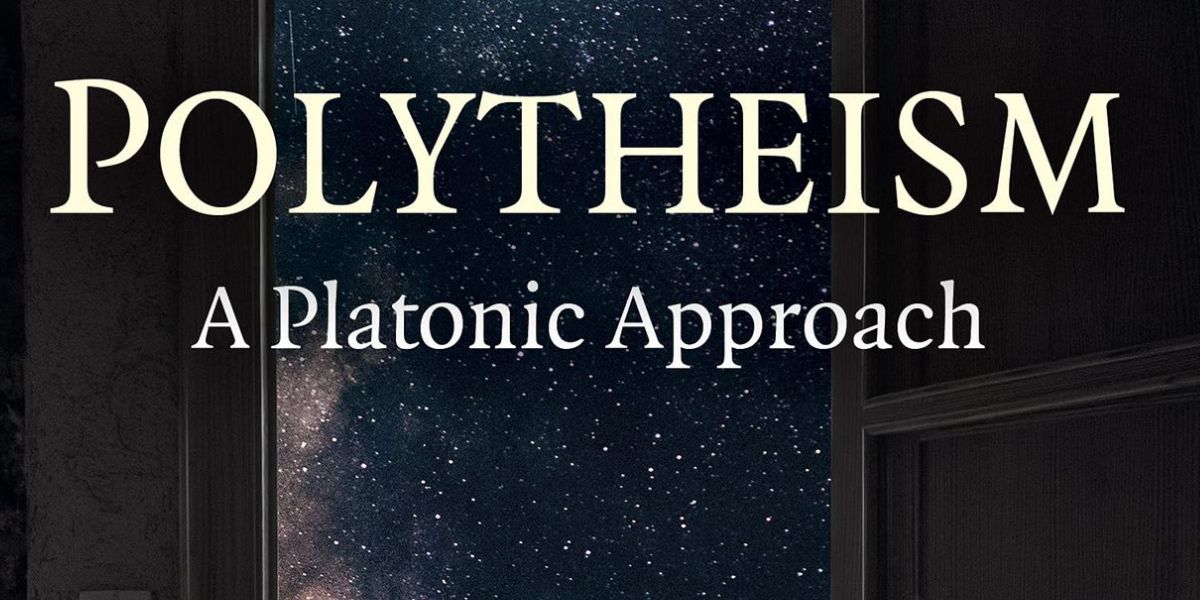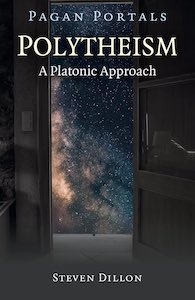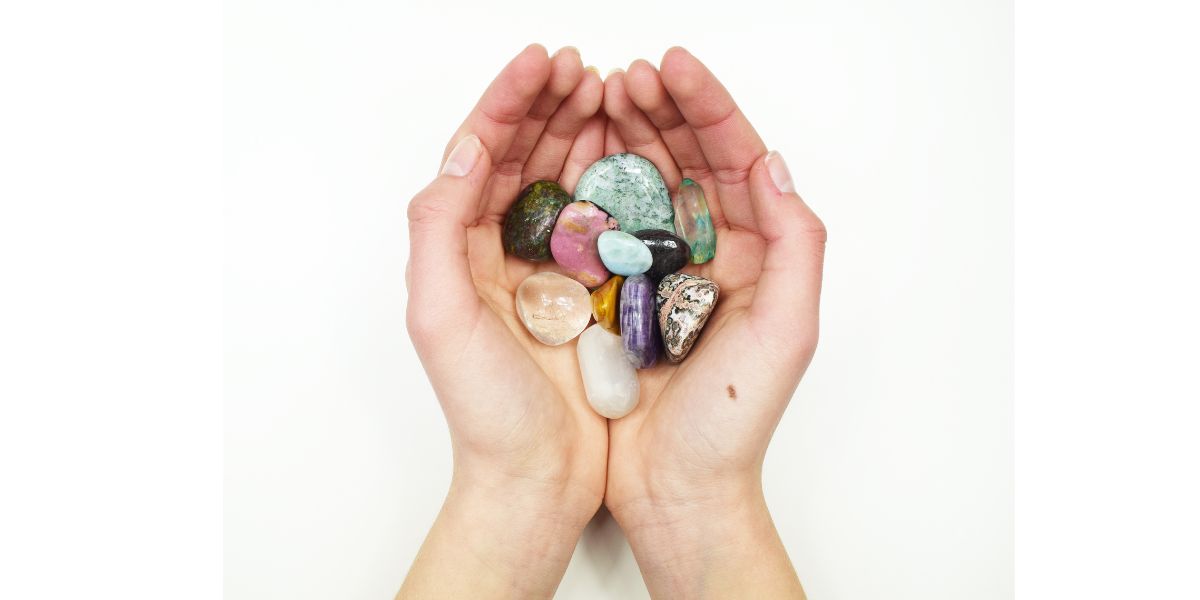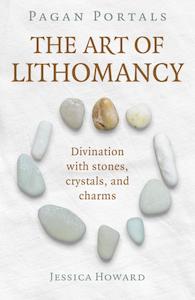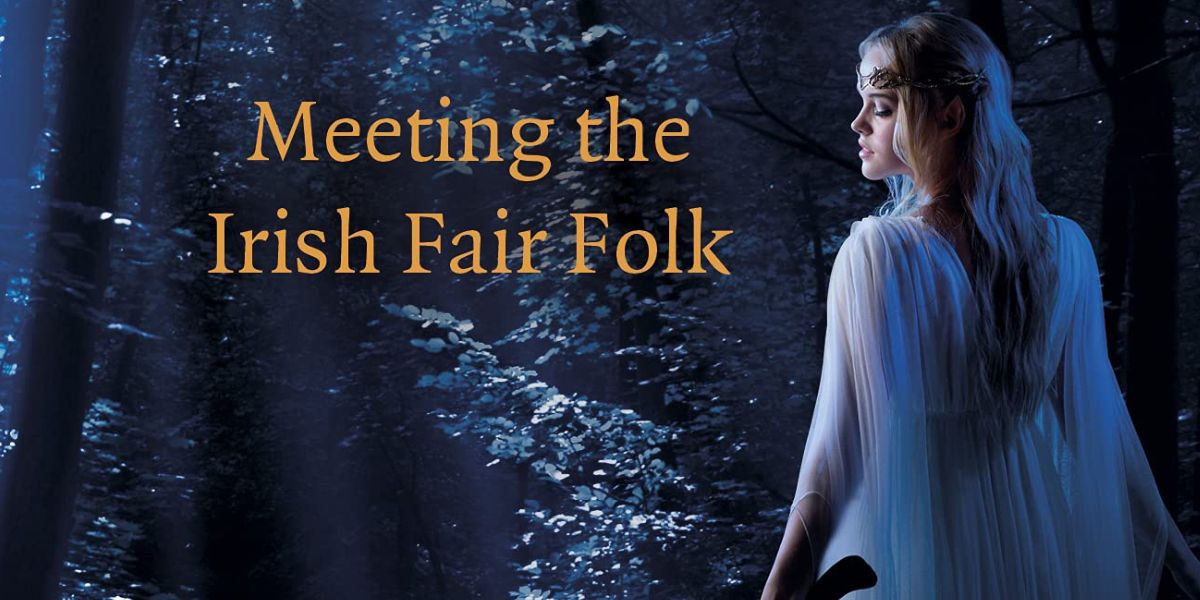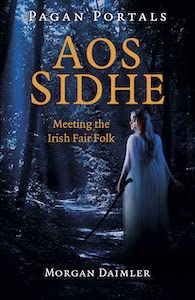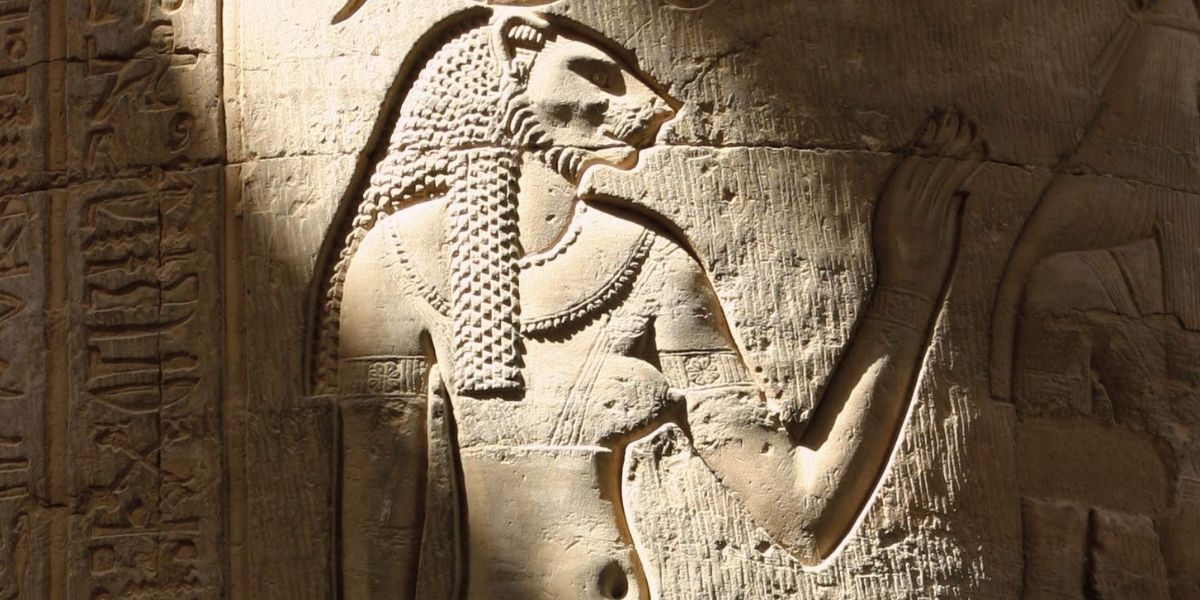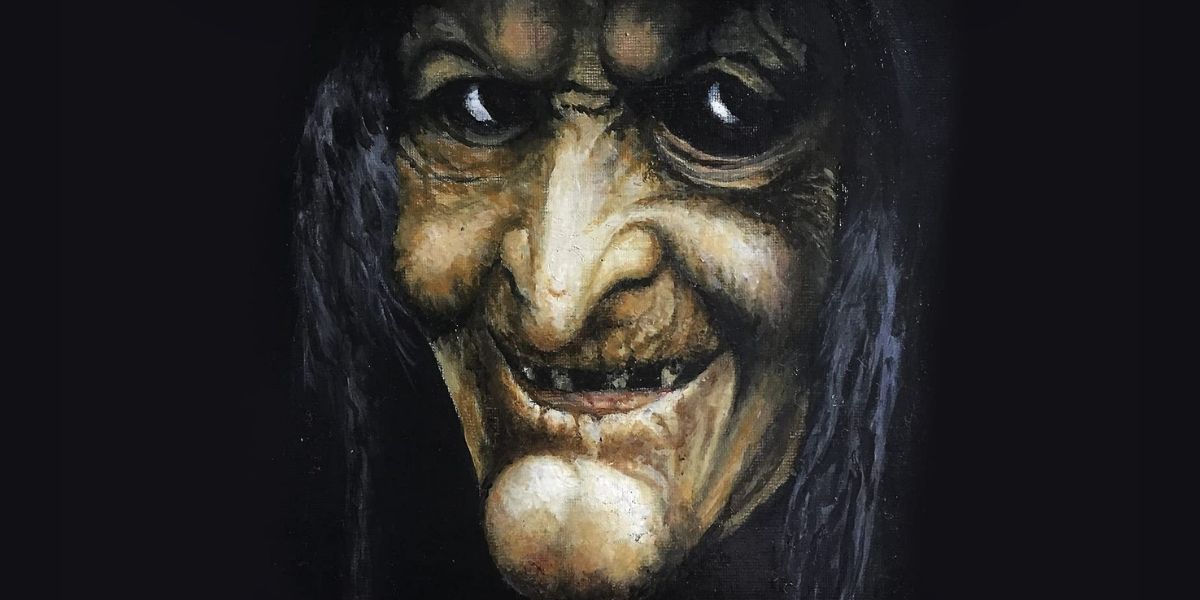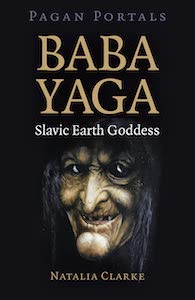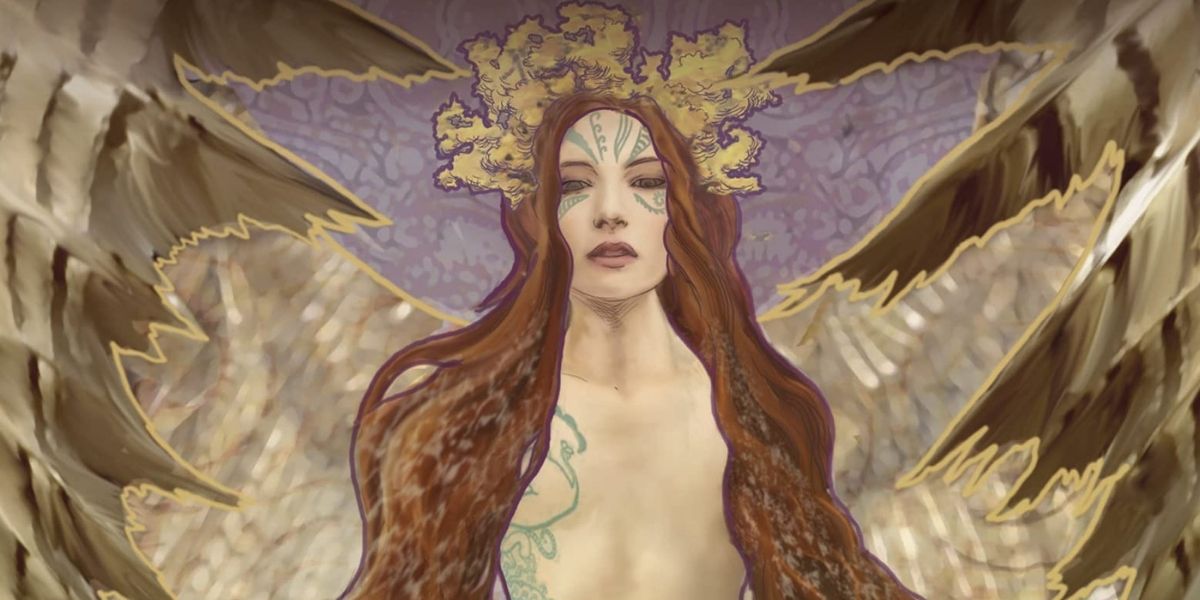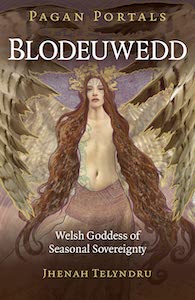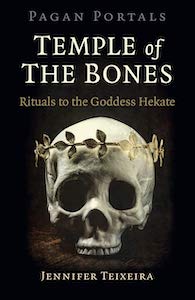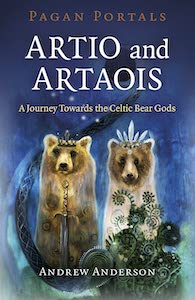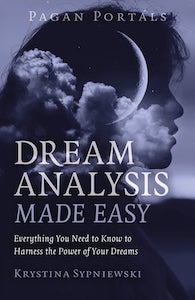
Pagan Portals – Dream Analysis Made Easy: Everything You Need to Know to Harness the Power of Your Dreams, by Kystrina Sypniewski
Moon Books, 978-1-80341-178-1, 101 pages, April 2023
Coming from a holistic healing and spiritual background, I have always had an interest in the secret, mysterious world of our dreams. But when I started exploring dream work, there was much less information to find, being pre-internet times. Back then only certain writers and researchers had worked with dreams. Carl Jung became my first port of call, with him being so well known and having written a wealth of information on the subject. Sadly, I found his work lacking the spiritual element I desired. I was then led to the work of Denise Linn and that is where my dream work began.
However, more recently, I have been pondering this question: in today’s climate of information overload, if people wished to start from scratch and enter into the realm of dream research, where would they start? Feeling that it’s necessary for them to start with the basics, Pagan Portals – Dream Analysis Made Easy: Everything You Need to Know to Harness the Power of Your Dreams by Kystrina Sypniewski is a great book for beginners. Sypniewski has touched on most of the basics and the foundation of dream analysis quite well.
Sypniewski rightly begins with an introduction into sleep and sleep patterns. I feel this is very important, as without this background understanding of sleep and its stages discovering much more about dreams would be lacking. We need to understand REM sleep and when it occurs to better know our dream cycles. I found her research fitted with my own understanding.
She then quite rapidly (this book is only 100 pages) moves onto the potential meaning behind our dreams and their use to our own wellbeing and understanding of ourselves. She covers these topics in a holistic way. Sypniewski writes how dream imagery and messages may help us process past experiences, provide insight into our current life situation, as well as be potentially prophetic, giving us clues and guidance toward potential future occurrences.
Sypniewski then moves into the basics of dream discovery. In this section she covers methods of recall-what you remember happened in your dream and benefits of dream diaries and dictionaries. A basic dream diary is a journal that is placed on the bedside, so it is quickly accessible, in order to be able to note down dreams before they slip away. To me a dream diary is vital for recall, and Sypniewski instructs on how to make these diaries more structured and detailed. She covers this well and gives advice on how to format one, which I think is very helpful.
As the book progresses, Sypniewski moves on to dream symbology. She covers the deeper symbology, as in, what a house or car commonly represents.
“The house represents the dreamer. If the house is a specific dwelling with which the dreamer has a very strong and unique past association, then the house represents either the fear of, or possible recurrence of the situation the dreamer associates with that house.”1
However, Sypniewski does stress that it is crucial to see the process as one of self-discovery. A fleeting symbol to one person may mean something very different to another. Her method of self-discovery provides a very different take than a dream dictionary. Dream dictionaries tend to take a “one size fits all” approach and although she does offer some symbols and interpretations later in the book, she does say they are just potential meanings and it is so important to find your own.
“Although it is essential you interpret your dreams in a personal way, there are a few symbols which are pretty accepted as having a universal meaning.”2
The concept of discovering what symbols mean to you for yourself is reiterated throughout the book. It can be repetitive at times, but I think she just wishes to stress the importance of taking the personal approach and to teach readers not to view dreamwork as superficial.
As the book progresses further, she expands on what we can learn from our dreams and the messages and warnings they can impart. She also reflects on the vital process of healing and insight from working with our subconscious and the benefits of potentially prophetic dreams.
Having worked in many ways to discover more about myself and the subconscious mind, I turned to lucid dreaming, especially in my youth. Lucid Dreaming is covered in a very brief chapter, which I was a little disappointed about, so if you are looking for detailed information on this topic then you’ll need to do more research. However, she does give enough detail for a beginner and provides great advice for a starting point. I had not read her take on lucid dreaming before, so I did learn something from it, and I am now using the method suggested by Sypniewski.
The latter portion of the book focuses on mythological and archetypal characters and images and what they can represent within the collective consciousness of humanity with questions to ask yourself. She cites many dream examples and teaches how they might be interpreted. Many of these examples prove the healing and beneficial effect of our dreams, which is good for those learning the art of dream work for the first time.
Sypniewski does a great job throughout the book of helping the reader gain the building blocks for interpretation, covering how to almost dissect your dreams and showing the reader the methods of structuring your dream recall in a way that you can learn most from it. These methods are covered thoroughly and re-iterated for clarity as the book concludes.
Overall, I do feel Pagan Portals – Dream Analysis Made Easy is a very good book for beginners into the realm of dream analysis and self-discovery. Sypniewski covered all the basics and more, and I was heartened by her approach to self-interpretation of symbols along with her guidance and structures for really getting to know yourself through your dreams.
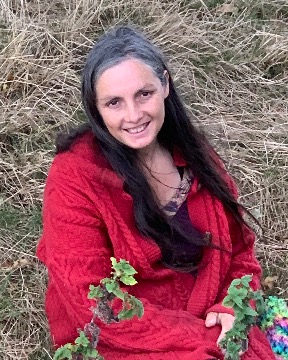
Anna Mari Fox is a Holistic Psychic Medium, Healer based in the UK. She is a native of Wales, but travels where her family work takes her, living a nomadic life as a home educating mother of 4 and a grandmother of 3. Children and natural health have been the foundation of her life, but as the children have grown, she is now focusing on sharing her gifts of insight and healing with the world. She works with holistic healing in a natural, autonomous way using the Dinshah chromotherapy method. She is also a Gem Essence Practitioner and Holistic Healer.
You can find her here on her website, and her shop is linked within her pages.
https://annamarifox.wordpress.com/
She has very active Facebook pages, where she offers free mini readings and general psychic insights and information regarding natural healing.
https://www.facebook.com/AnnaFoxGuidance
https://www.facebook.com/AnnaFoxHealing

